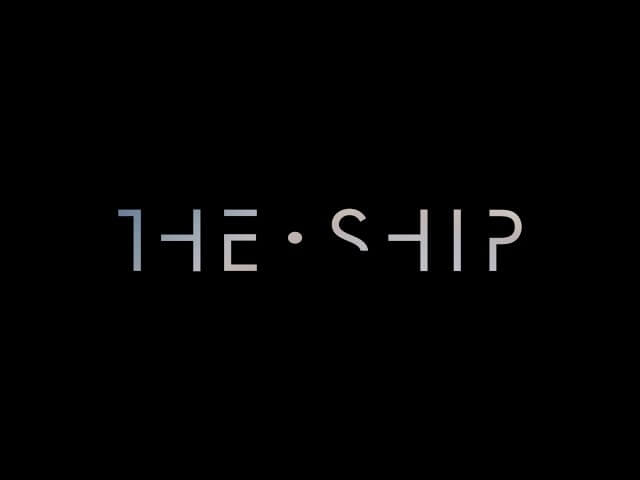Brian Eno announces a new album, Reflection

Brian Eno is without a doubt the most Brian Eno-esque musician currently working in the world by a long shot. Nobody else even comes close. In addition to his incomparably off-kilter work as a producer for envelope-pushing artists like David Bowie, Talking Heads and Laurie Anderson, the Suffolk-born multi instrumentalist was a pioneer—if not the originator—of the lulling, measured musical genre we now call “ambient” but once upon a time was called “those odd noises that Brian is always playing with.” And he has just announced a brand new collection of those odd noises titled Reflection.
“Reflection is so called because I find it makes me think back,” the 68-year-old experimentalist revealed in a statement on his website. “It makes me think things over. It seems to create a psychological space that encourages internal conversation. And external ones actually—people seem to enjoy it as the background to their conversations.”
Eno also explained that the forthcoming album can probably be classified as “ambient,” in so far as that even means anything. “I don’t think I understand what that term stands for anymore,” he said. “It seems to have swollen to accommodate some quite unexpected bedfellows. But I still use it to distinguish it from pieces of music that have fixed duration and rhythmically connected, locked together elements.”
Here’s the title track from The Ship—Eno’s previous ambient album, released back in April—in case you need some help grasping the concept.







































